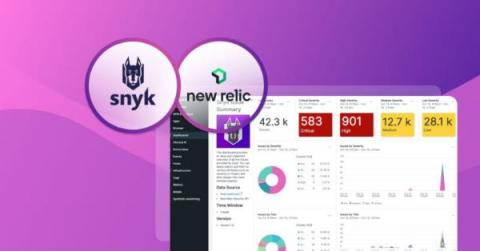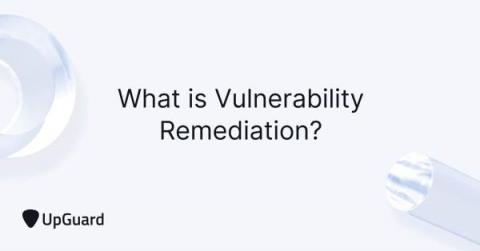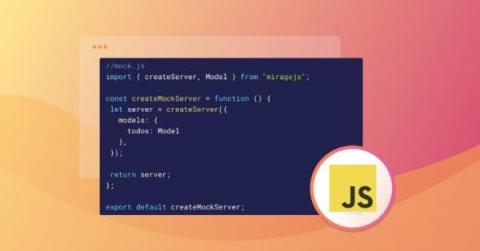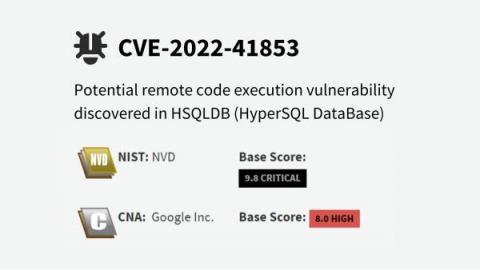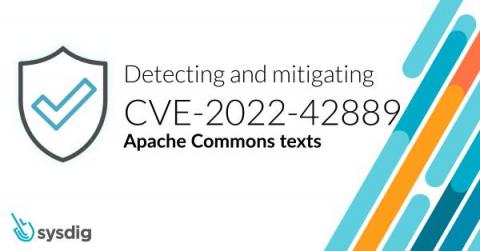Attack Surface Management vs. Vulnerability Management
Cyber innovation and digital transformation are moving at increasing speeds. With the shift to cloud-based software and assets, SaaS (software-as-a-service) applications, and the need for remote working, businesses are changing the way they approach risk management and the security of their digital assets.



